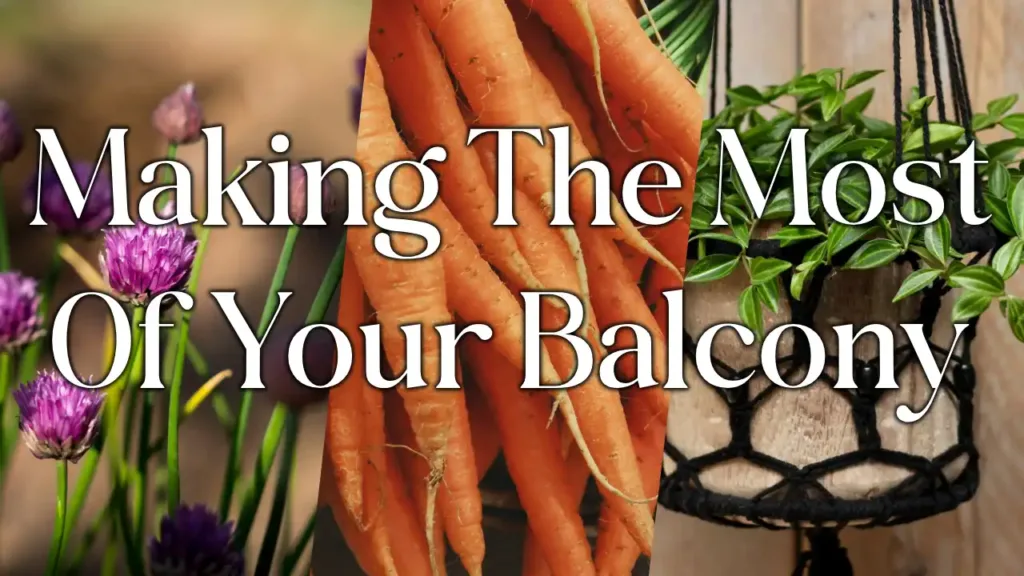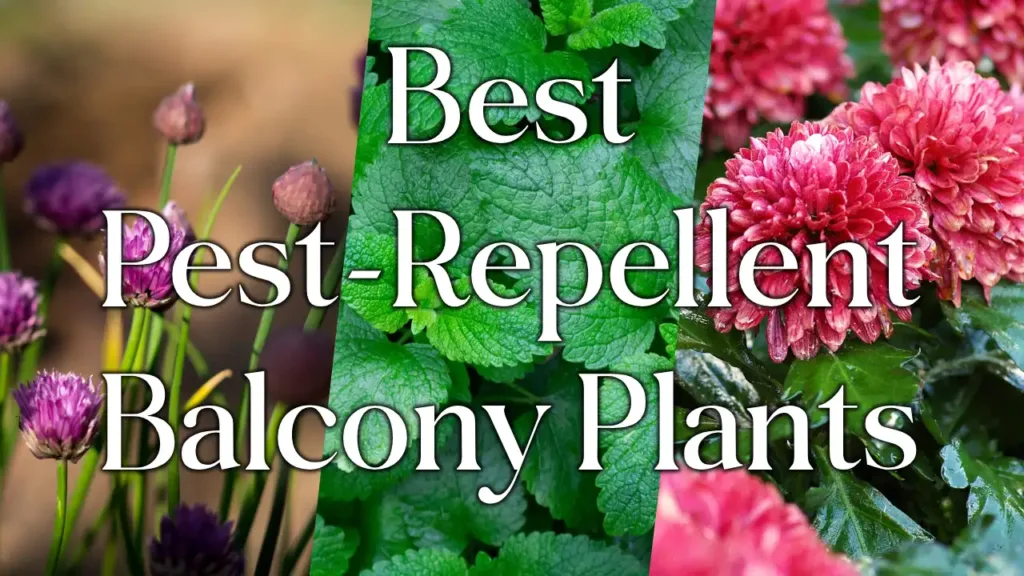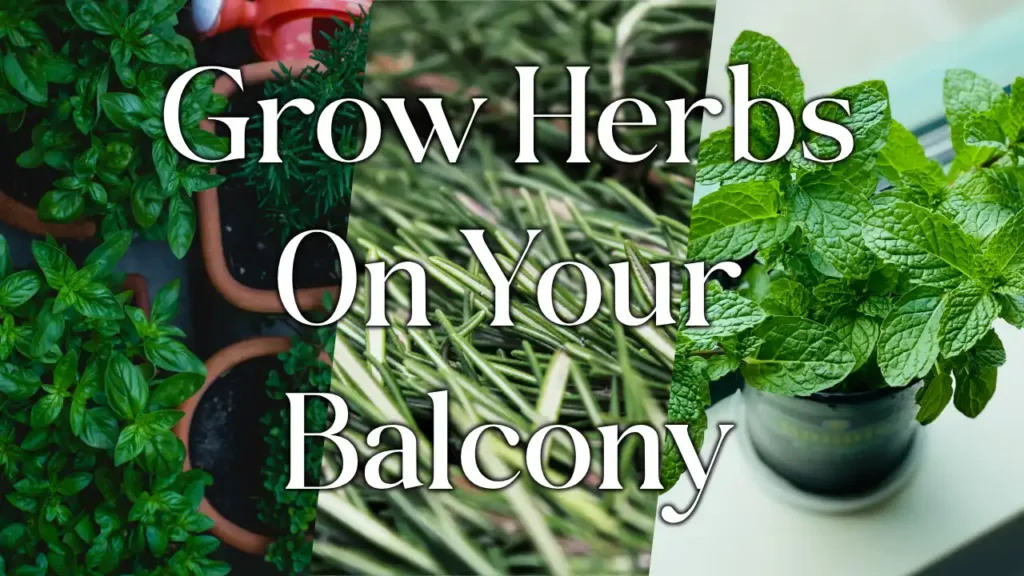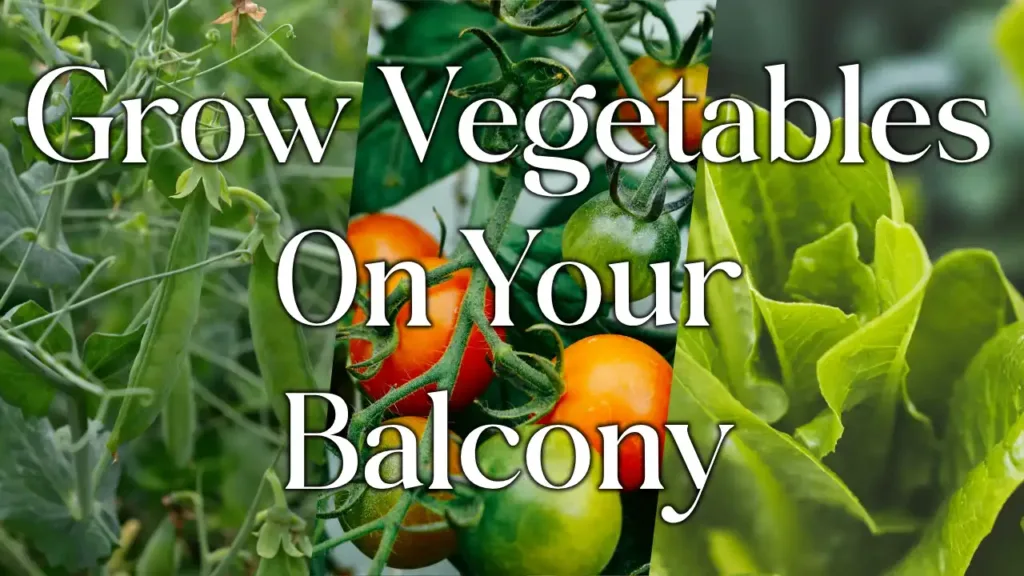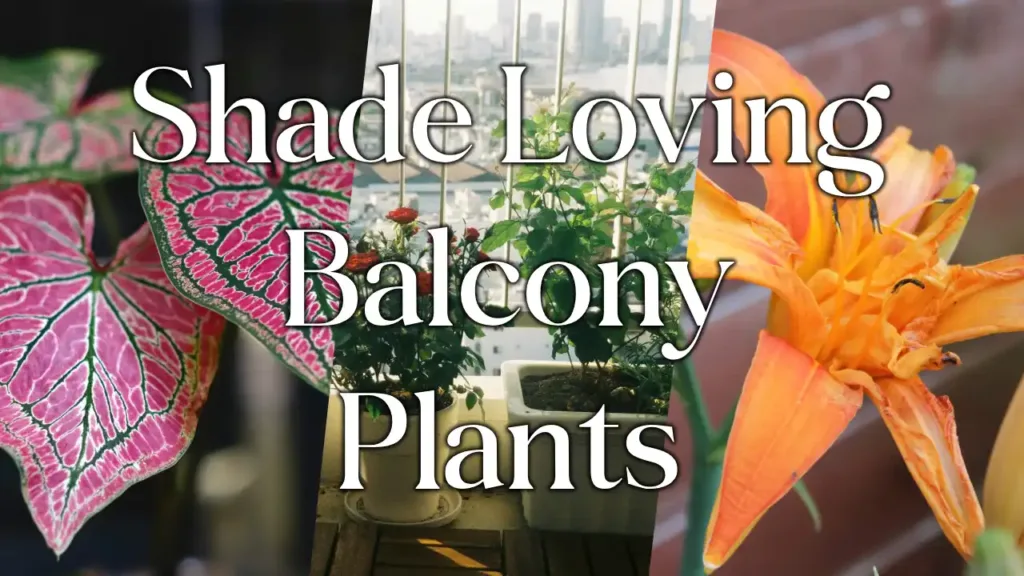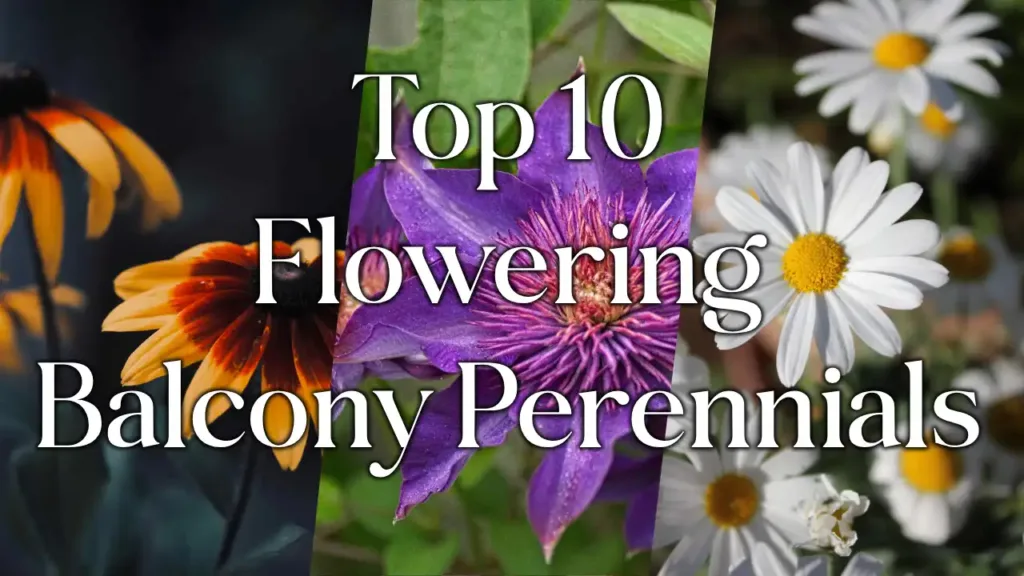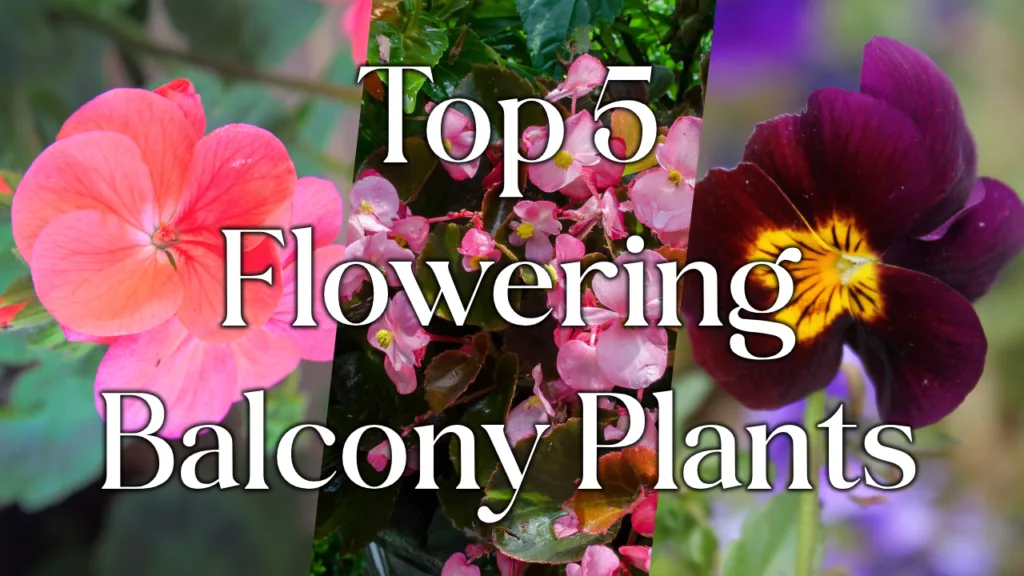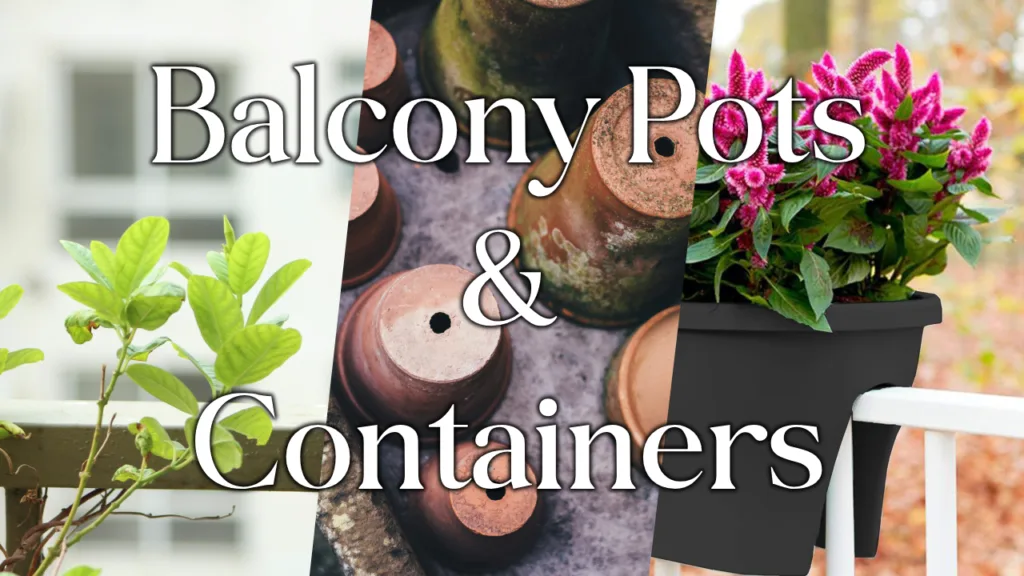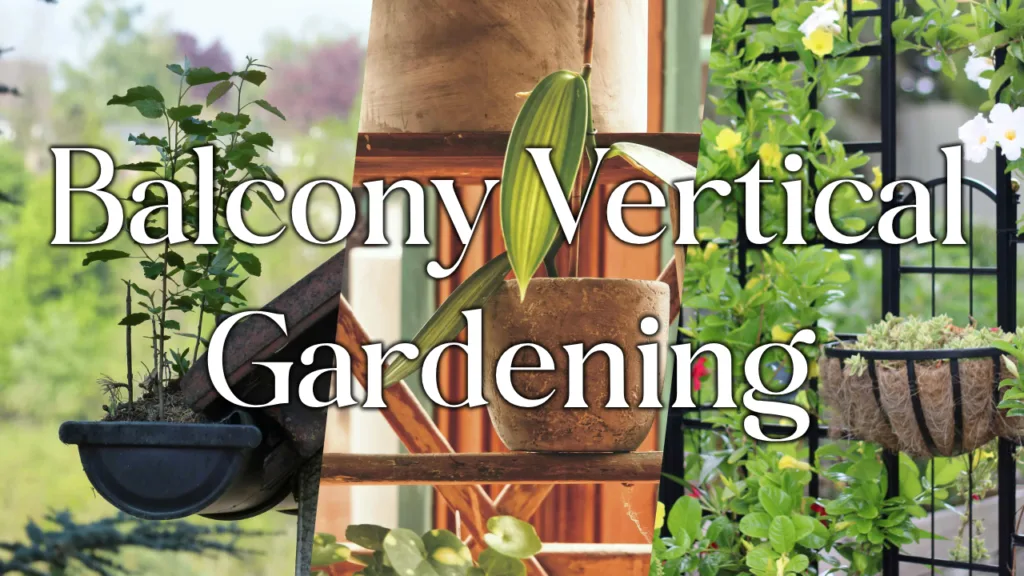The answer to how much you can grow on a balcony is like asking how long a piece of string is—it depends!
In order to make the most of your balcony to grow as much as you can, you need to consider the construction of your balcony, the types of plants you choose, the sizes and types of containers you buy and how and when you grow your plants.
In this article, we’ll guide you through everything you need to know about creating an efficient balcony garden so that you can make the most of your space.
Contents
Understanding Your Space

While it can be tempting to dive straight into buying plants, it’s important to consider the space that you’re planting in. Understanding your space will help you to know what plants to buy and where to put them to get the most out of your balcony.
From our experience, you need to consider:
- The amount of sunlight: It’s important to identify how much sunlight your balcony receives so you know which plants to buy and where to position them in your space. South-facing balconies get the most sun, north-facing ones receive the least and east and west-facing balconies offer moderate sunlight
- The size of your space: Measure the area to determine how many pots or planters you can in your space
- Any weight limits: Ensure your balcony can handle the weight of soil, water, and containers that you’ll be planting
After assessing your balcony, we’d recommend drawing up a scale version of your space and playing around with where you can place pots to make the most of the space. If you’d like more help with this, we’d recommend that you take a look at our guide to making a beautiful balcony garden.
Finding The Right Types of Containers
Now that you fully understand the size of your space and the sunniest and darkest spots, it’s time to choose the right types of containers. These choices can really alter the style and efficiency of your balcony garden, so we’d recommend taking the time to explore all of the options.
In addition to normal pots that sit on the ground, we’ve found the following containers to be great for helping you make the most of your space.
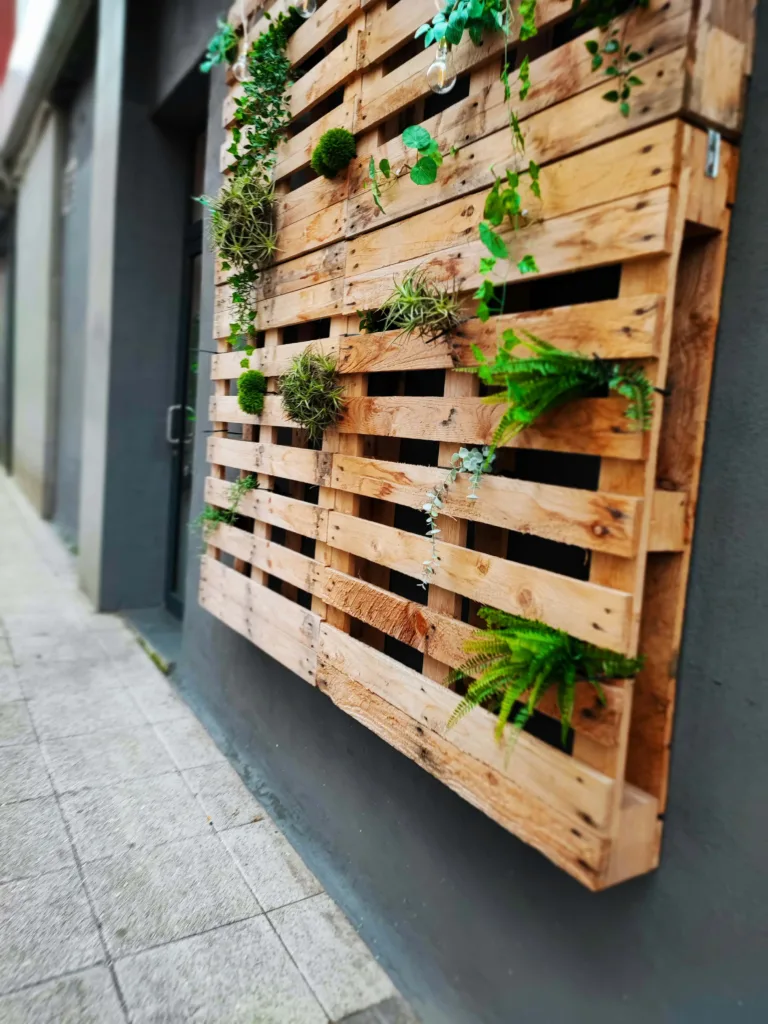
Vertical Planters
By attaching containers such as wall baskets or even old guttering onto your walls, you can massively increase the amount of space available to your plants
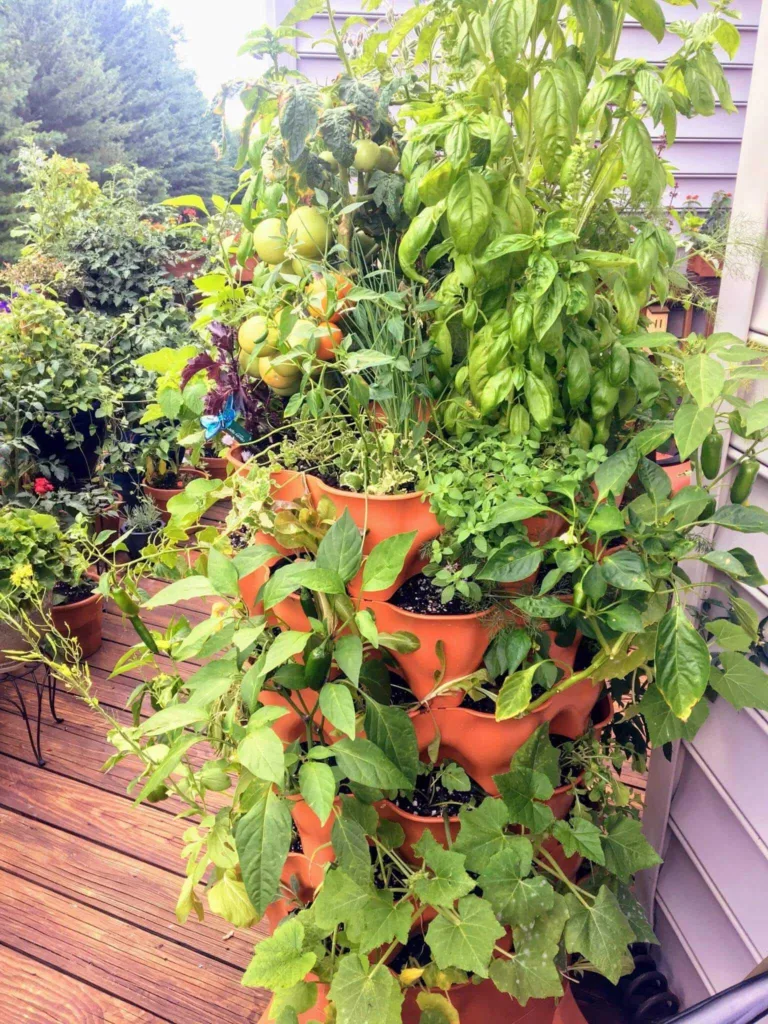
Stacked Planters
If you can’t attach your containers directly to the wall, stacked planters are another great way to increase the amount of space available to you
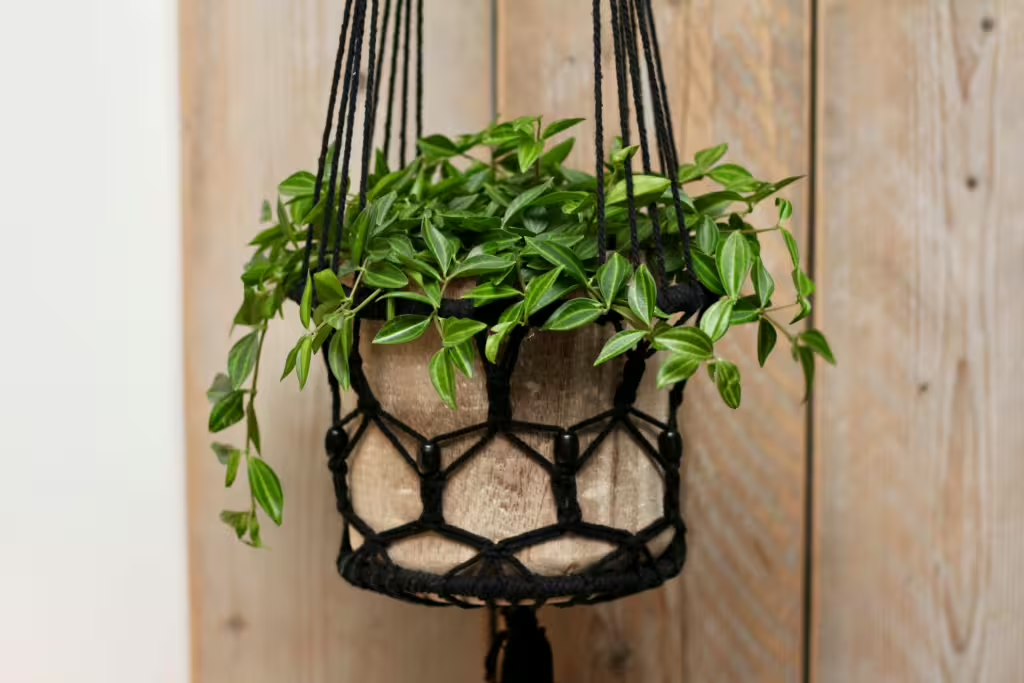
Hanging Baskets
If you’ve got a roof over your balcony like we did, then hanging baskets can be a great way to utilise even more of the vertical space on your balcony
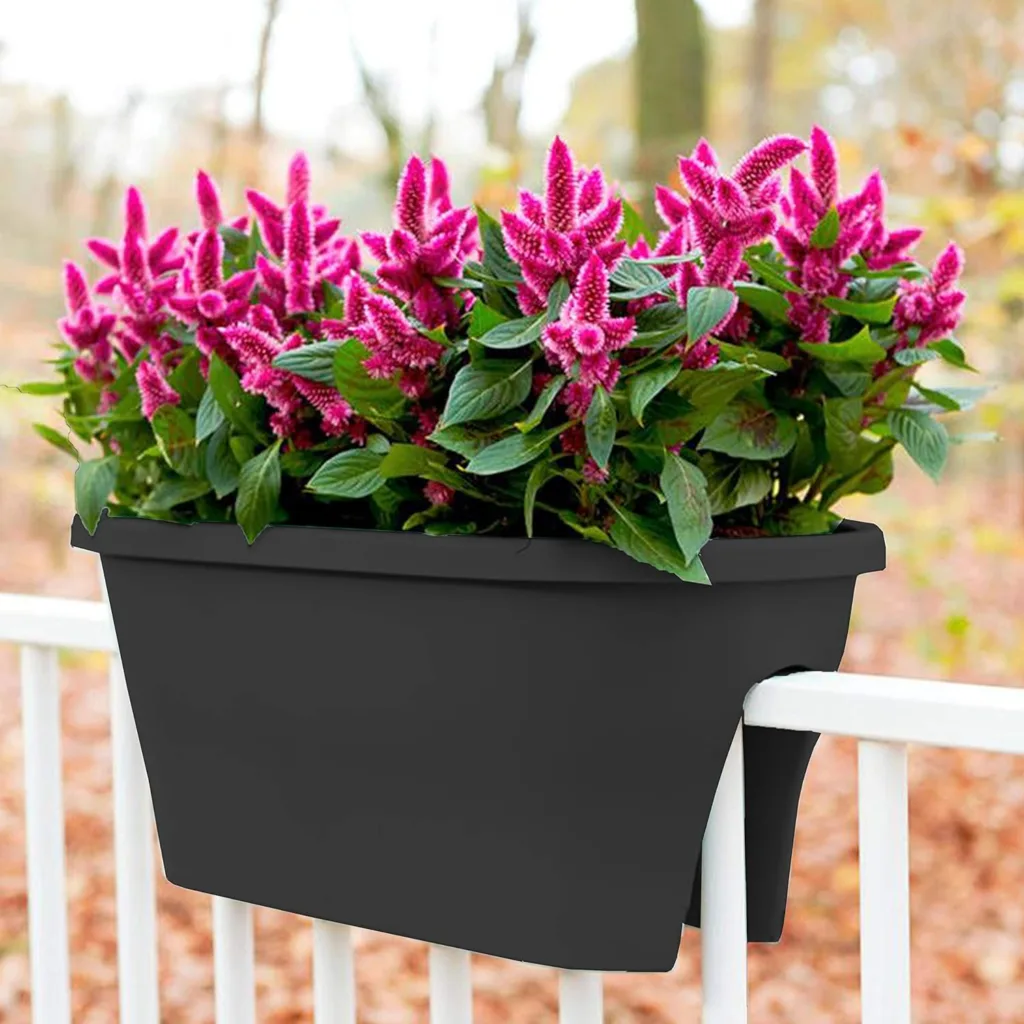
Rail Planters
Rail planters can be attached to balcony railings to make use of otherwise unused space
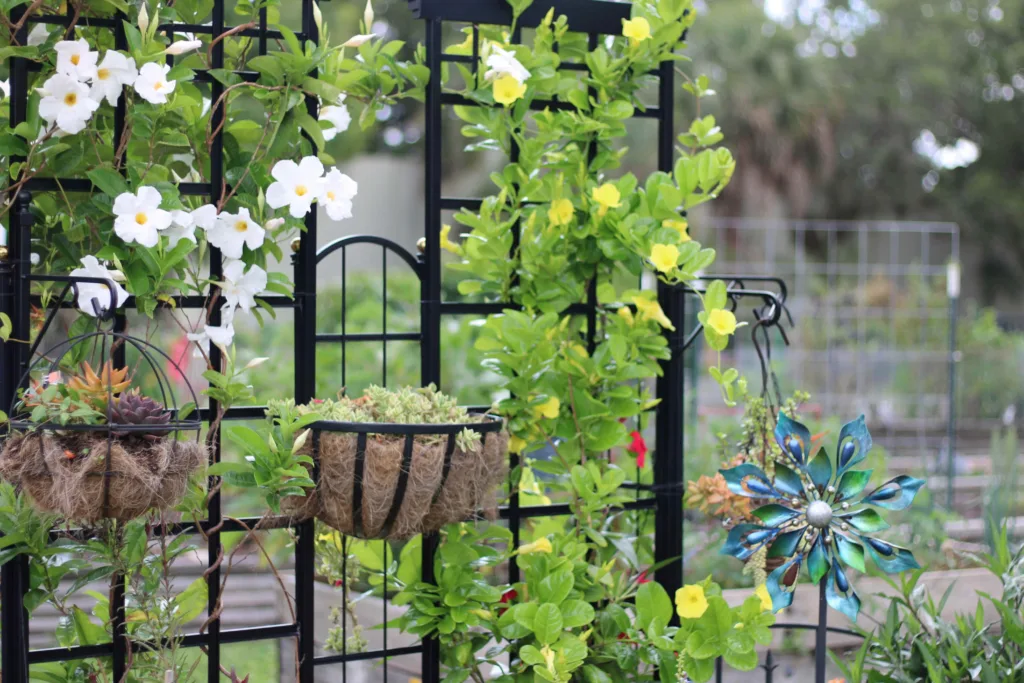
Trellises and Stakes
You can use supporting structures like trellises and stakes to help climbing plants use as much of the vertical space that you have availableSupport climbing plants like beans, peas, and cucumbers with trellises
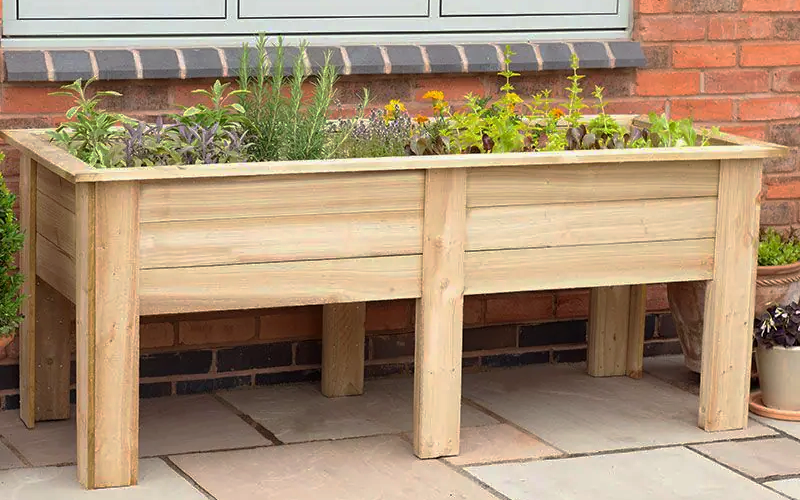
Growing Table
If you’re looking to bring the plants closer to waist height for easier gardening, then a growing table could be for you
If you’re looking for even more inspiration, the we’d recommend that you check out our 7 creative vertical gardening ideas here.
Buying Your Containers
Now that you know the types of containers that you want to pick, it’s time to buy the containers. From our experience, there are 3 main considerations when choosing the right pots for your balcony garden:
- Size: Ensure containers are large enough for root development. Deeper pots are better for root vegetables and larger plants
- Material: Use lightweight materials like plastic or fabric pots to avoid adding too much weight to your balcony
- Drainage: Ensure containers have drainage holes to prevent water logging, which can harm your plants
Picking Your Plants
It’s finally time to pick the plants for your balcony!
If you’re looking to get the most produce from your balcony, you’re going to need to choose plants depending on the amount of sunlight that different areas receive. Here’s some examples of plants that grow in different light levels on balconies:
- Full Sun (6+ hours of sunlight):
- Vegetables: Tomatoes, peppers, cucumbers, courgettes
- Herbs: Basil, rosemary, thyme, oregano
- Flowers: Petunias, geraniums, marigolds
- Partial Sun (4-6 hours of sunlight):
- Vegetables: Leafy greens like lettuce, spinach, kale
- Herbs: Parsley, chives, cilantro
- Flowers: Impatiens, begonias, fuchsias
- Shade (less than 4 hours of sunlight):
- Vegetables: Swiss chard, radishes, beets
- Herbs: Mint, lemon balm, chervil
- Flowers: Hostas, ferns, begonias
While generally plants that prefer full sunlight can survive in partial-shade and vice versa, if you’re looking to get the most out of your balcony garden, we’d highly recommend that you keep to the guidance on the plant’s label.
For more inspiration about choosing the right plants for your balcony, we’ve written separate articles about the different plant groups:
11 Bug-Repellent Plants For Your Balcony
As summer arrives, we all look forward to enjoying more time on our balconies. However, with the warm weather comes unwelcome pests that can dampen the mood. While artificial repellents are an option, we at…
Top 10 Trees For Balconies
If you live in an apartment and are looking for more greenery, shade or even more privacy on your balcony, then you should consider buying a tree. While most people think that trees can only…
How To Grow Herbs On Your Balcony
Growing herbs on your balcony is one of the easiest and most rewarding ways to get into gardening – it’s how we did when we were living in our flat! Balcony herb gardens are brilliant…
How To Grow Vegetables On Your Balcony
Growing your own fruits and vegetables shouldn’t be reserved for those who have a big space. With a little imagination and planning, anyone can create a small balcony vegetable garden. As someone who’s gardening journey…
How To Grow Berries On Your Balcony
Growing berries on your balcony is a delightful way to enjoy fresh, sweet fruit without needing a vast garden space. Despite what you might think, you don’t need a sprawling orchard or bramble patch to…
Top 5 Plants For Sunny Balconies
For those of us who want to create green oases on our sunny balconies, it can be tricky to know which plants to pick. Unlike with shady balconies where there are a limited range of…
Top 10 Shade Loving Plants For Your Balcony
For those of us who want to create green oases on their balconies, shade-tolerant plants are key. With limited direct sunlight, your options for planting might seem scarce, but let me reassure you that from…
Our Top 10 Perennial Flowers For Your Balcony
Do you have a balcony or patio that you want to fill with beautiful flowers that come back year after year? If so, you’re in luck, as in this article we’re going to be covering…
Top 5 Flowering Plants For Your Balcony Garden
If you’re living somewhere with only a small balcony, like we were a few years ago, you don’t need to be without colour in your outdoor space. Balconies, though small, can be transformed into vibrant…
Getting The Most Out Of Your Plants
If you’re looking to get the most out of the plants on your balcony, then your work isn’t done after you’ve planted! Balcony gardens require regular care and attention in order to thrive.
From our experience, you need to focus on:
- Watering: While an important consideration in normal gardens, watering is especially important on balconies. Container plants tend to dry out much faster than those in the ground, meaning that you’ll need to keep on top of your watering, especially during hot weather
- Fertilising: It’s important to use organic fertilisers to provide the necessary nutrients to your plants. For plants in containers, the general advice is to fertilise every 2 weeks, although it’s important to follow the instructions on the packet to avoid damaging your plants
- Pest Control: It’s important to keep an eye out for pests, such as aphids or cabbage white butterflies as these can eat through most if not all of your crops, seriously inhibiting the amount of produce that your balcony produces in a year. We’d recommend using companion plants for pest control, which you can learn more about in this article
Plant Seasonally

If you’re looking to get produce from your balcony year round, then you’ll need to plan your plants and spacing to make sure the correct plants are growing at the right time.
As a quick guide, here are our recommendations for planting to make your balcony be producing in all seasons:
- Spring: Start with cool-weather crops like lettuce, spinach, and peas.
- Summer: Switch to warm-weather plants like tomatoes, peppers, and cucumbers.
- Autumn: Plant autumn vegetables like kale, broccoli, and carrots.
- Winter: Grow hardy herbs and greens or consider using a small greenhouse or cold frame to extend the growing season.
Conclusion
With careful planning and planting your balcony can be incredibly productive and beautiful year-round. From fresh vegetables and fragrant herbs to colourful flowers, the possibilities are endless.
If you’re looking to stay on top of your gardening tasks, take a look at our monthly gardening checklists. Alternatively we’d recommend seeing how you can enhance your balcony garden with summer-flowering bulbs.

